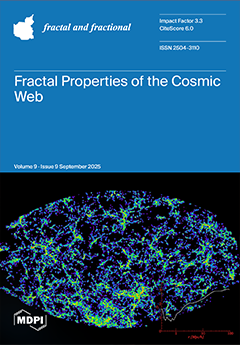The root causes forcing the differential pore-throat performances and crude oil recoverability in heterogeneous shale lithofacies of saline-lacustrine fine-grained mixed sedimentary sequences are still debated. Especially application cases of fractal theory in characterizing pore-throat heterogeneity are still lacking and the significance of differential multifractal distribution patterns on reservoir assessment remains controversial. This present study focuses on the shale-oil reservoirs in saline-lacustrine fine-grained mixed depositional sequences of the Middle Permian Lucaogou Formation (southern Junggar Basin, NW China), and presents a set of new results from petrographical investigation, field-emission scanning electron microscopy (FE-SEM) imaging, fluid injection experiments (low-pressure N
2 adsorption and high-pressure mercury intrusion porosimetry (HMIP)), nuclear magnetic resonance (NMR) spectroscopy and T
1-T
2 mapping, directional spontaneous imbibition, as well as contact angle measurements. Our results demonstrated that the investigated lithofacies are mainly divided into a total of five lithofacies categories: felsic siltstones, sandy dolomitic sandstones, dolarenites, micritic dolomites, and dolomitic mudstones, respectively. More importantly, the felsic siltstone and sandy dolomitic siltstones can be identified as the most advantageous lithofacies categories exhibiting the strongest movable oil-bearing capacity owing to an acceptable complexity and heterogeneity of mesopore-throat structures, as evidenced by the corresponding moderate fractal dimension of mesopores (D
2) from HMIP and apparently lower fractal dimension of movable fluids’ pores (D
2) from NMR results. Particularly noteworthy is the relatively poor shale-oil movability recognized in the dolarenites, micritic dolomites, and dolomitic mudstones due to heterogeneous and unfavorable pore-throat systems, even though an acceptable micro-connectivity and a more oleophilic interfacial wettability prevails in crucial dolomitic components. Finally, a comprehensive and conceptual model is established for an effective and characteristic parameter system for assessing differential reservoir petrophysical properties, interfacial wettability, and shale-oil movability concerning heterogeneous lithofacies categories. Our achievements can serve as an analog for investigating saline-lacustrine mixed shale-oil reservoirs to gain a more comprehensive understanding of differential recoverability of dessert reservoir intervals, and to guide the assessment of “sweet spots” distribution and optimization of engineering technique schemes for commercial exploitation.
Full article





